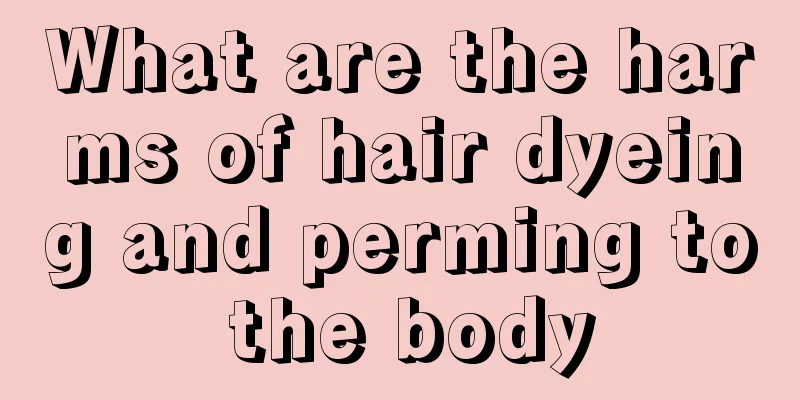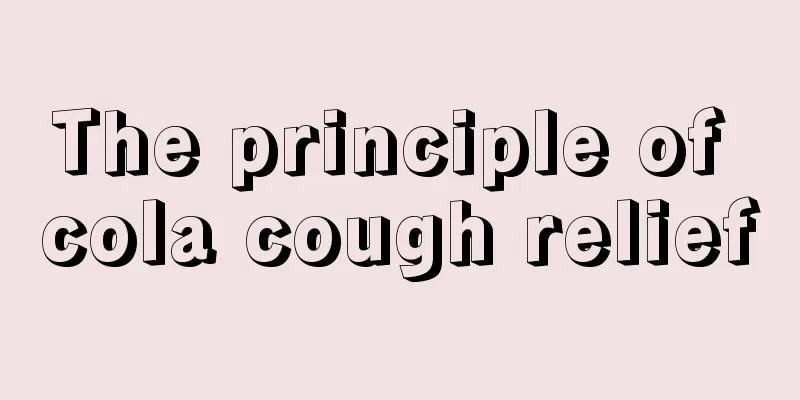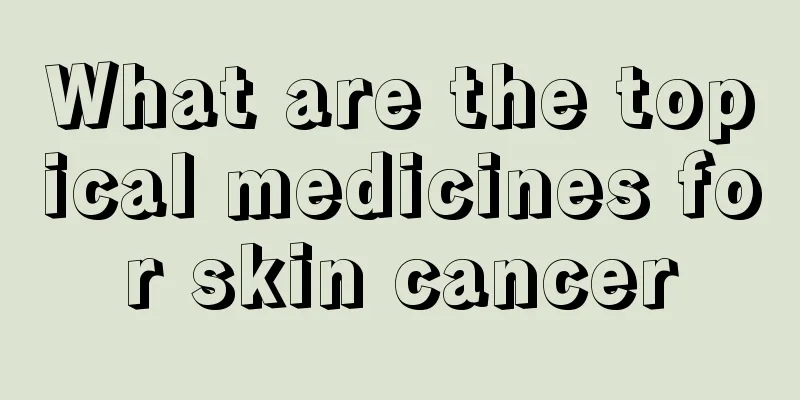What are the harms of hair dyeing and perming to the body

|
Dyeing and perming hair has become a fashion, so now many young people will choose different colors or hairstyles according to their clothes and makeup, so that they can fully show their personality and charm. However, dyeing and perming hair are harmful to a certain extent, especially perming, which directly harms our hair, making it lose luster, lose moisture, become dry, etc. So for the sake of health, try to perm or dye your hair less! Dangers of hair dyeing and perming: The principles and harms of perming 1. The ammonium sulfonic acid (alkaline) in the special perm solution enters the cortex through the hair scales on the surface of the hair, changing the protein chain structure of the hair to form curls. Perming generally starts with using reducing chemical solutions to break up the small springs of cysteine, breaking the sulfhydryl bridge bond of cysteine and becoming two cysteines. At this time, the amino acid chain links of the hair loosen and can be manipulated by people, curling into a certain waveform. Then apply fixative to make the cysteines that break the small springs combine in pairs nearby to form new springs and fix the hairstyle. During the perming process, the alkaline components and oxidation in the solution will damage the scales on the surface of the hair. Leaving the internal structure of the hair unprotected will cause the loss of internal moisture and nutrients, which is harmful to the hair, scalp and hair follicles. It will more or less denature the hair's keratin, making the hair prone to yellowing, brittle, dull and inelastic. 2. Pregnant women should not perm their hair because it will affect the health of the fetus. Little girls have delicate scalps and perming can easily break their scalps and cause bacterial infection. People with dry scalp should not perm their hair often. After perming our hair, there will be a peculiar smell that is difficult to wash off, which is also related to this thioglycolic acid substance. The safety of thioglycolic acid-based hair perming agents has always been a concern for people. Not only are they irritating and allergic, but they can also damage the hematopoietic system. More seriously, they can also induce diseases such as bladder cancer, breast cancer, lymphoma, and leukemia. 3. Hair dyeing is to use the alkaline ingredients in the dye to open the hair scales on the surface of the hair (the scales on the hair open when encountering alkali), and the artificial pigment enters the cortex of the hair and combines with part of the natural pigment to form the desired color. When dyeing hair, ammonia in the dye has a strong destructive effect on the hair scales on the surface of the hair. If not properly maintained, it will cause the hair scales to fall off, moisture loss, roughness and brittleness, lack of luster and inelasticity. Many people are troubled by dyed hair that lacks luster or has difficulty maintaining color. Experts warn that no matter what kind of hair dye or its products are used, dyed hair generally contains toxic aromatic chemicals. Long-term use may damage the body's hematopoietic system or cause fetal malformations in pregnant women. In mild cases, it can also cause dermatitis, skin redness, swelling, itching, ulcers, etc. For the sake of health, try to dye your hair less or not at all. Natural beauty is the real beauty. Many people have allergic reactions to chemical solutions used for hair dyeing and perming, such as rashes, dizziness, and even redness and swelling of the skin. Therefore, special attention should be paid to prevent this allergic phenomenon. You can try a little bit on the skin first. If redness, swelling or allergy occurs, do not perm or dye it. 4. Most of the hair dyes currently sold on the market contain toxic chemicals such as "p-phenylenediamine". If the human body is exposed to and absorbs hair dyes for a long time, it is easy for benzene organic substances to enter the capillaries through the scalp and circulate to the bone marrow with the blood. Long-term and repeated exposure will cause stem cells to become malignant and lead to leukemia. In addition, if the skin is broken when dyeing hair and cannot heal, it may also cause squamous cell carcinoma of the skin. Therefore, you should dye your hair as little as possible. In addition, people with skin allergies or skin ulcers (especially the skin on the head) should not dye or perm their hair. Patients with high blood pressure, heart disease, asthma and other diseases should not dye their hair. The above is our introduction to the harm of hair dyeing and perming to the body. From the article, we also know that hair dyeing enters the cortex through the hair scales on the surface of the hair, and the alkaline components and oxidation effect of the perm solution will directly cause the scales on the surface of the hair to be destroyed. Therefore, whether it is hair dyeing or perming, it is a harm to our hair. |
<<: What are the dangers of long-term hair dyeing
>>: What are the harms of hair dye to hair
Recommend
What is snoring and what causes it
I believe that snoring is a phenomenon that many ...
Methods for detoxification and acne removal
Many people know that acne on the face may be cau...
Can tooth decay be contagious?
Tooth decay is actually not contagious, but we al...
What are the factors that cause rectal cancer
In recent years, rectal cancer has become one of ...
How to protect the liver and kidneys
It is very easy for men to neglect their health i...
Complications after esophageal cancer surgery, these are the most common
Every year, many people die from esophageal cance...
At what size is the follicle considered mature and ready to be expelled from the body?
A woman's follicles come from the ovaries and...
Can nasopharyngeal cancer be cured? How long can one live?
Can nasopharyngeal cancer be cured? How long can ...
What are the characteristics of interventional treatment for liver cancer
In recent years, liver cancer has become one of t...
What are the effective methods to kill mosquitoes
The most annoying thing when summer comes is that...
What tea can reduce internal heat_What tea can reduce internal heat
People in Guangdong love to drink tea, and they l...
Is kidney cancer contagious in the elderly?
Is kidney cancer contagious in the elderly? I bel...
Is lumbar bone spur dangerous to human health?
As we age, the various functions of the human bod...
What should I do if I want to do regular breast cancer screening? These eight types of women must have regular breast cancer screening
Every year, many women suffer from breast cancer,...
What is the effective way to eliminate chicken skin?
In fact, many friends are quite disgusted by the ...









